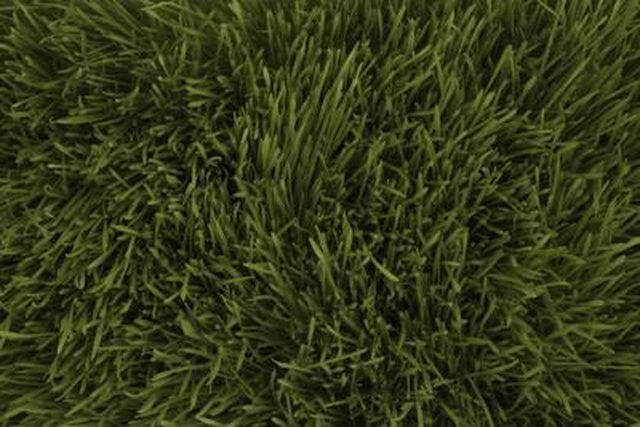Bulbs
Flower Basics
Flower Beds & Specialty Gardens
Flower Garden
Garden Furniture
Garden Gnomes
Garden Seeds
Garden Sheds
Garden Statues
Garden Tools & Supplies
Gardening Basics
Green & Organic
Groundcovers & Vines
Growing Annuals
Growing Basil
Growing Beans
Growing Berries
Growing Blueberries
Growing Cactus
Growing Corn
Growing Cotton
Growing Edibles
Growing Flowers
Growing Garlic
Growing Grapes
Growing Grass
Growing Herbs
Growing Jasmine
Growing Mint
Growing Mushrooms
Orchids
Growing Peanuts
Growing Perennials
Growing Plants
Growing Rosemary
Growing Roses
Growing Strawberries
Growing Sunflowers
Growing Thyme
Growing Tomatoes
Growing Tulips
Growing Vegetables
Herb Basics
Herb Garden
Indoor Growing
Landscaping Basics
Landscaping Patios
Landscaping Plants
Landscaping Shrubs
Landscaping Trees
Landscaping Walks & Pathways
Lawn Basics
Lawn Maintenance
Lawn Mowers
Lawn Ornaments
Lawn Planting
Lawn Tools
Outdoor Growing
Overall Landscape Planning
Pests, Weeds & Problems
Plant Basics
Rock Garden
Rose Garden
Shrubs
Soil
Specialty Gardens
Trees
Vegetable Garden
Yard Maintenance
How to Remove Ryegrass From Bermuda
How to Remove Ryegrass From Bermuda. Ryegrass (Lolium perenne), a cool-season grass hardy in U.S. Department of Agriculture plant hardiness zones 2 through 8, is often used to overseed Bermudagrass (Cynodon spp.) in the fall so the lawn remains green during winter when Bermudagrass is dormant. Normally, the process works well, because ryegrass dies...

Ryegrass (Lolium perenne), a cool-season grass hardy in U.S. Department of Agriculture plant hardiness zones 2 through 8, is often used to overseed Bermudagrass (Cynodon spp.) in the fall so the lawn remains green during winter when Bermudagrass is dormant. Normally, the process works well, because ryegrass dies out as the temperatures rise, but on occasions when cool weather lingers in spring -- or in grass transition zones -- ryegrass can persist, intermingle with the Bermudagrass and weaken it. In these cases, you'll need to take steps to remove the ryegrass to keep your lawn healthy.
Things You'll Need
Gloves
Herbicide
Mower
Wear gloves and long sleeves, and apply a herbicide containing glyphosate during wintertime when your Bermudagrass is dormant -- normally in December or January, because it is hardy in USDA zones 9 to 12. Follow the manufacturer's instructions for rate of application. Within 24 hours of application, the lawn needs at least 1/2 inch of water to activate the herbicide. Apply a second application a few weeks later if ryegrass is still present.
Reduce fertilizing and watering your lawn in late spring for overseeded lawns -- or if you prefer not to use a herbicide. Mow the ryegrass progressively shorter each week, until you are cutting it to a height of about 1 inch. This approach weakens the ryegrass while rejuvenating your Bermudagrass. Once the Bermudagrass has started to green up, resume your warm-season grass schedule of mowing, watering and fertilizing.
Call a professional lawn service to remove ryegrass from your lawn while your Bermudagrass is actively growing. Sulfonylurea-type herbicides can remove ryegrass without damaging or killing your Bermudagrass, but these herbicides are not available to consumers so they must be applied by a licensed professional. The most commonly used herbicides on ryegrass include formasulfuron, metsulfuron or trifloxysulfuron, instead of sulfosulfuron. Herbicides with sulfosulfuron tend to be the least effective on ryegrass, often requiring two treatments to eradicate it.
Tips & Warnings
Herbicides containing glyphosate are sold under numerous brand names and are available at most home improvement and retail stores.
A healthy stand of Bermudagrass is often the best defense against intruding ryegrass. Keep your lawn thriving with regular application of 1/2 to 1 pound of nitrogen fertilizer per 1,000 square feet every four to eight weeks, and water it about 1 inch weekly during growing season. Bermudagrass should be mowed frequently -- often more than once a week -- and kept to a height of less than 2 inches. The exact height recommendation is dependent on variety.
When applying herbicides containing glyphosate make sure the Bermudagrass is dormant. Applying the herbicide when the grass is not dormant can kill or injure Bermudagrass.
Critics of the Environmental Protection Agency-approved glyphosate say the chemical is a health hazard -- a claim manufacturers deny. At the time of publication, the chemical is under review by the EPA, which is set to release its findings in 2015.